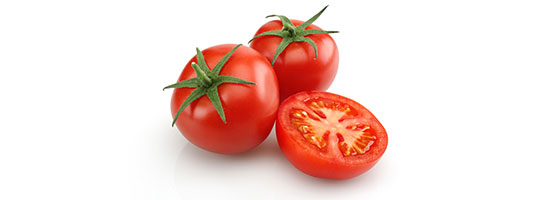Manage Your Chronic Pain Better with These 5 Foods

If you’re among the 100 million or so Americans affected by chronic pain, you’re probably open to exploring anything that may improve your comfort. One pain management option worth exploring is your choice of the foods you eat every day. The health benefits of many foods are well-documented and well-known. In fact, some foods have been used to ease aches and pains as far back as the days of ancient Egypt, Greece, and China. If you’re looking for some suggestions, here are five foods that may help you manage your chronic pain better.
1. Green, Leafy Vegetables
Green, leafy vegetables are typically low in calories, which can make it easier to manage your weight. When your weight is under control, you’re less susceptible to chronic pain from added pressure on joints. Green, leafy veggies are contain a variety of vitamins and nutrients that include most of the B vitamins, vitamin C, potassium, and magnesium. High levels of vitamin K in vegetables of this nature help strengthen bones and reduce the risk of fractures that may worsen chronic pain. Spinach, lettuce, and other leafy greens also contain carotenoids, flavonoids, and other powerful antioxidants that protect cells.
2. Tomatoes
In addition to helping improve vision, lower blood pressure, and boost digestive health, tomatoes keep cells healthy thanks to an assortment of nutrients. When cells are protected from damage by free radicals (unstable molecules), tissues are more likely to heal efficiently. If you have chronic pain that’s affected by diabetes, you’ll be pleased to know there’s research suggesting tomatoes reduce the oxidative stress associated with type 2 diabetes.
3. Cherries
Anthocyanins are compounds in cherries that give this fruit its bright red hue. These compounds are also powerful antioxidants that can block inflammation and reduce pain. In one study involving cherries, participants who had a bowl of cherries for breakfast had a 25 percent reduction in a significant marker for inflammation. Additional studies suggest cherries may ease muscle pain in runners.
4. Turmeric
Also known as curcumin, turmeric is a spice commonly used in Indian foods. There’s research suggesting the spice may help ease chronic pain from rheumatoid arthritis. Results of a 2006 study suggest this yellow-colored powder may be effective for easing and preventing joint inflammation. Subsequent studies have suggested similar benefits, with one study equating pain relief potential similar to what’s experienced with ibuprofen.
5. Salmon and Other Fatty Fish
Salmon is a deep sea fish containing large amounts of omega-3 fatty acids, which have numerous proven health benefits. Omega-3s reduce inflammation around joints and they boost the effectiveness of anti-inflammatory drugs. Salmon is also an excellent source of nutrients your tissues need to stay healthy, including B vitamins, vitamin D, potassium, and phosphorus. All it takes is two servings of salmon per week to get a sufficient amount of omega-3 fatty acids. Herring, sardines, mackerel, halibut, tuna, and cod offer similar benefits.
Watching your diet is a good first step in managing your chronic pain, but it’s just one of several steps you can take to improve your daily comfort. Many patients with chronic pain benefit from a combination of treatments. Such efforts typically include medication, regular exercise, getting sufficient sleep, watching posture, opting for supportive shoes, and avoiding certain activities or movements likely to make symptoms worse.
Posted on behalf of Allied Pain & Spine Institute

